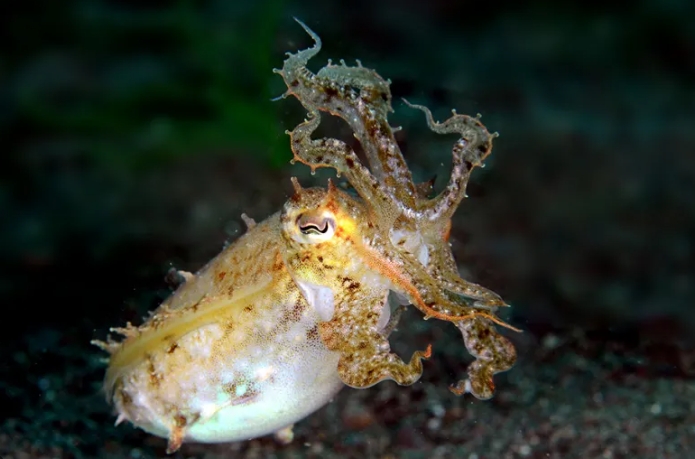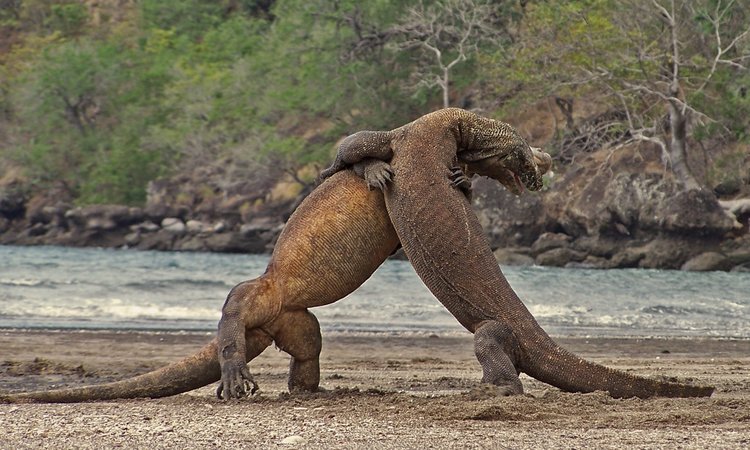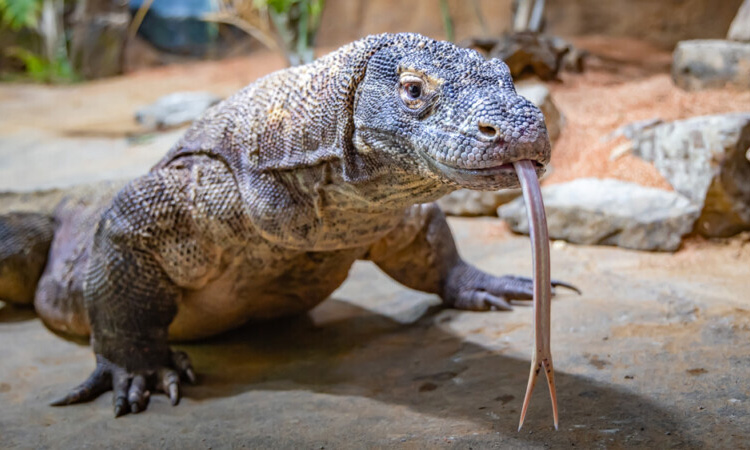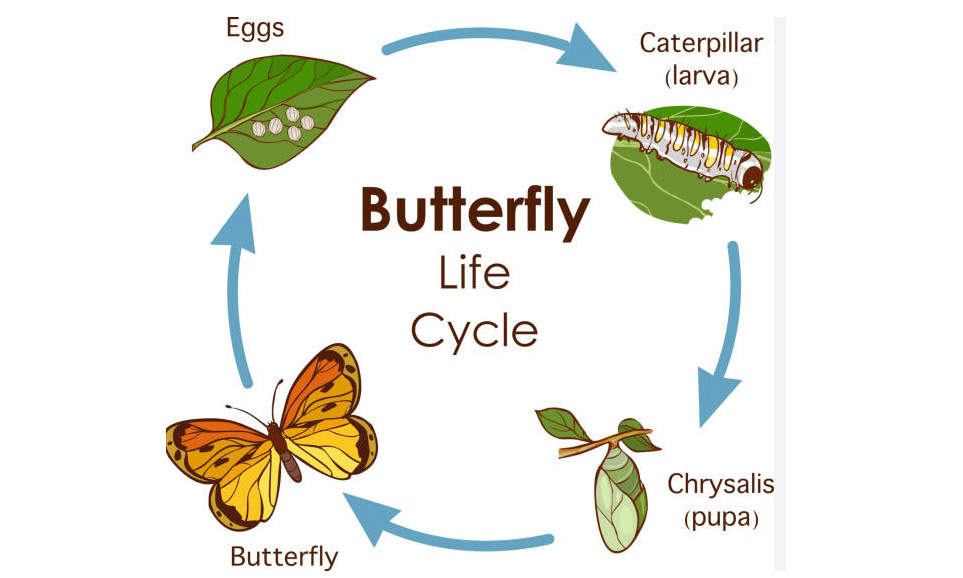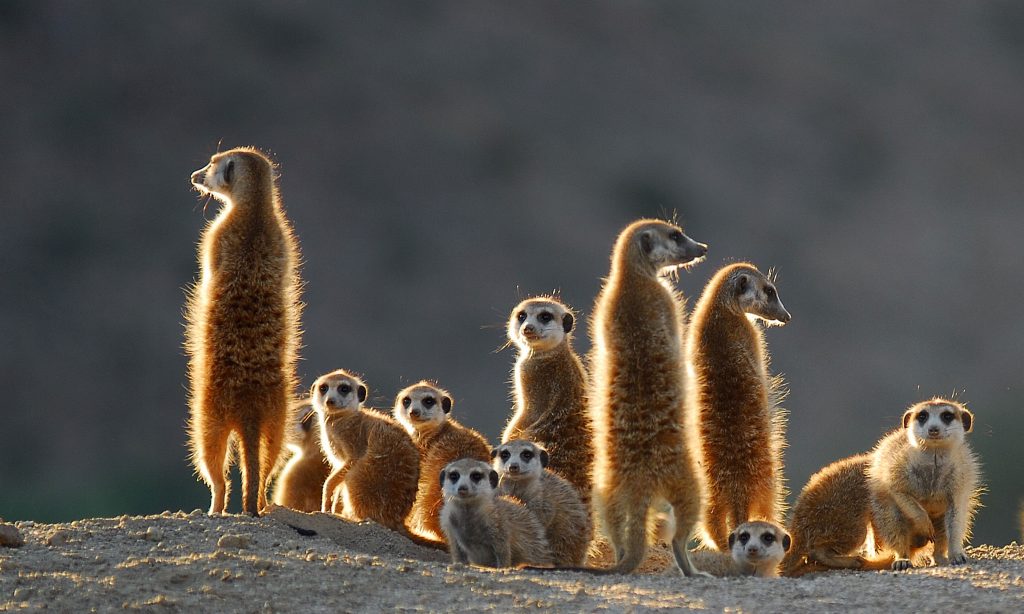The little ocean hunter cuttlefish is a fascinating creature that inhabits the world’s oceans. With its unique ability to change color and texture, the cuttlefish is a master of disguise, capable of blending seamlessly into its surroundings. Let’s dive into the captivating world of the cuttlefish and explore its remarkable characteristics and behaviors.
Physical Characteristics: A Marvel of Adaptation
The little ocean hunter cuttlefish belongs to the cephalopod family, along with octopuses and squids, and boasts a distinctive appearance characterized by its elongated body, large eyes, and tentacles. What sets the cuttlefish apart, however, is its remarkable ability to change color and texture using specialized pigment cells called chromatophores. These cells allow the cuttlefish to alter its appearance in a fraction of a second, enabling it to evade predators, communicate with other cuttlefish, and ambush prey with precision.
Hunting Techniques: Stealth and Strategy
As a formidable predator, the cuttlefish employs a variety of hunting techniques to capture its prey. Using its keen eyesight and camouflage abilities, the cuttlefish patiently stalks its victims, waiting for the opportune moment to strike. Once within striking distance, the cuttlefish extends its tentacles and ensnares its prey with lightning-fast reflexes. With its beak-like mouth, the cuttlefish delivers a powerful bite, injecting venom to immobilize its prey before devouring it with voracious appetite.
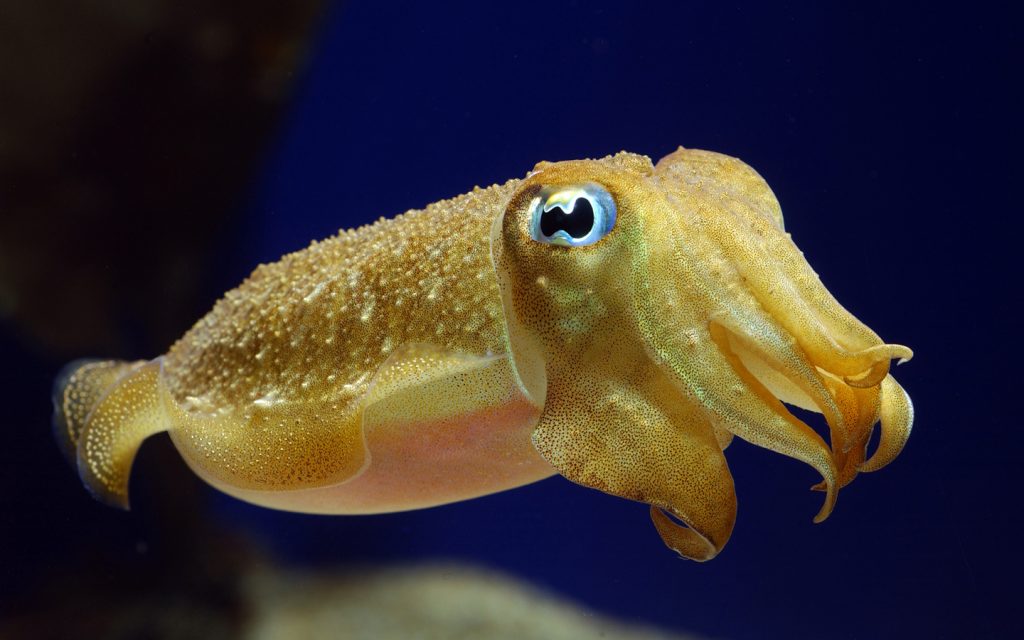
Social Behavior: Complex Communication and Courtship
Despite their solitary nature, cuttlefish engage in complex social behaviors, particularly during the mating season. Male cuttlefish compete fiercely for the attention of females, engaging in elaborate displays of color and pattern changes to impress potential mates. Once a female has been courted successfully, the pair engages in a delicate dance of courtship, exchanging signals and displays of affection before mating occurs. After mating, the female lays her eggs in hidden crevices or among aquatic vegetation, where they will hatch into miniature cuttlefish larvae.
Ecological Importance: A Key Player in Marine Ecosystems
Cuttlefish play a crucial role in marine ecosystems, serving as both predator and prey in the intricate web of ocean life. As voracious hunters, cuttlefish help control populations of small fish and crustaceans, thereby maintaining the balance of marine ecosystems. Additionally, cuttlefish serve as an important food source for larger predators, including sharks, dolphins, and seabirds, further highlighting their ecological significance.
Conservation Challenges: Facing Threats in the Wild
Despite their ecological importance, cuttlefish face numerous threats in the wild, including habitat loss, pollution, and overfishing. As a result, many species of cuttlefish are considered vulnerable or endangered, with populations declining rapidly in certain regions. Conservation efforts aimed at protecting cuttlefish habitats, regulating fishing practices, and raising awareness about their plight are essential for ensuring the long-term survival of these enigmatic creatures.
Conclusion: Guardians of the Deep
In conclusion, the little ocean hunter cuttlefish is a truly remarkable creature that captivates the imagination with its extraordinary abilities and behaviors. From its mastery of camouflage to its complex social interactions, the cuttlefish is a testament to the ingenuity and resilience of life in the ocean. By studying and protecting these fascinating creatures, we can gain valuable insights into the mysteries of the deep and work towards preserving the rich diversity of marine life for generations to come.
